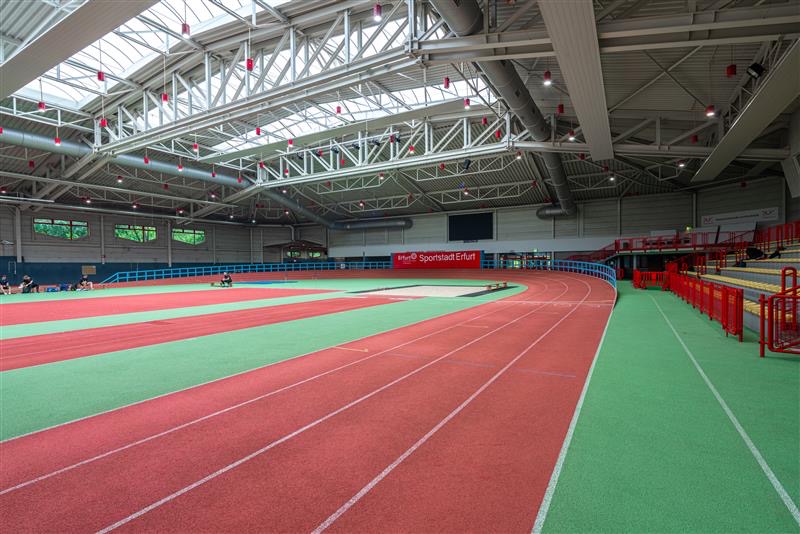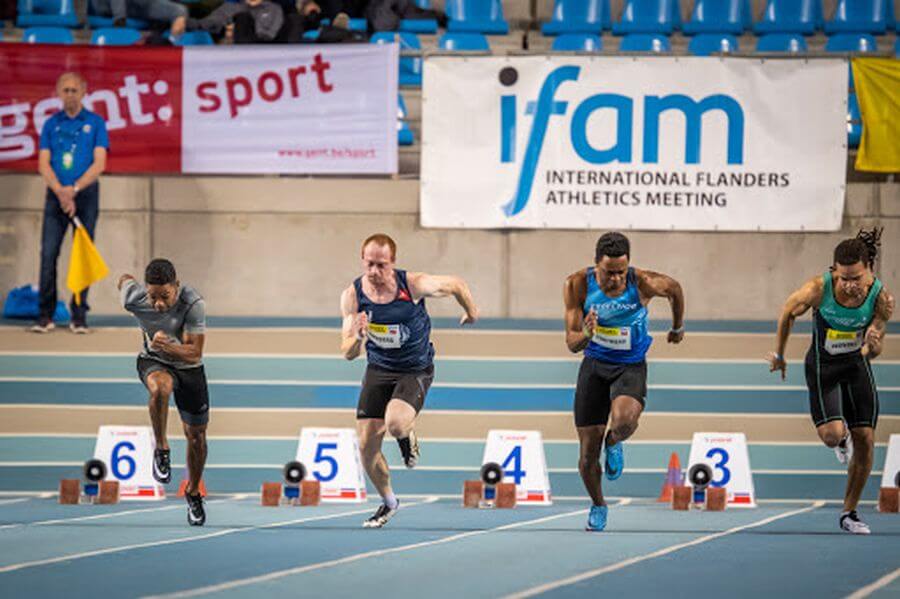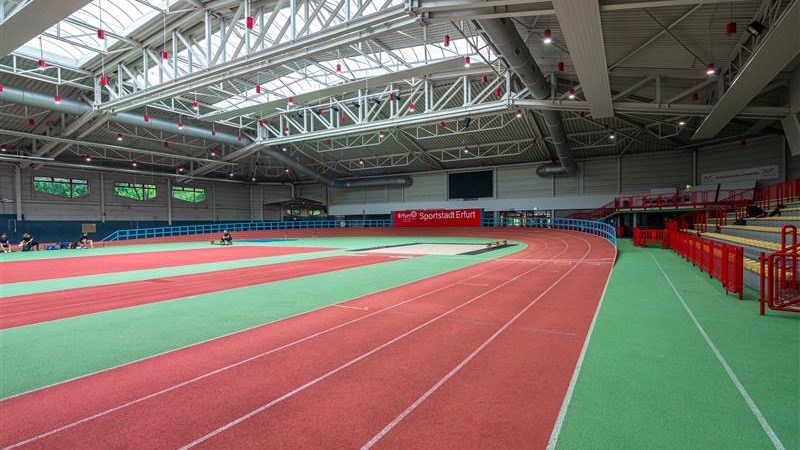Five Targets Every Athlete Should Set
One of the most defining aspects of athletics that makes it so exciting and motivates us to work hard in training is the pursuit of hitting objective and subjective goals. There isn’t often a better feeling for an athlete than being able to say that you were able to achieve a target that you set yourself. However, in contrast there also is the pitfall of not achieving them and the disappointment that can bring.
It is for this reason that it is key to set targets of varying types, that are somewhat realistic. That’s not to say that we shouldn’t set ambitious goals! As athletes it is in our nature to want to dream big and as a result, aim big, but the time factor in target setting is important. It’s not all about instant gratification. If you are a male fifteen year old high jumper clearing 1.60m now and you set your target as making the Olympics in 2024 this is an unrealistic timeframe. What can you achieve this year that’ll put you steps closer to the bigger picture in the years to come. I know many an athlete who lost their motivation due to failing to hit ambitious targets with unrealistic timeframes. So here are the 5 main types of single-season targets that every athlete should look to set.

(1) Performance Targets
Let’s initially be objective and create a performance related target. This is by far the most common type of target and whether or not an athlete will admit it, every single athlete has that mark in their head that they want to achieve.
Simply put this is setting a time, distance, or height (depending on your event of course), that you hope to achieve by the end of the season. For example if you are a 100m sprinter and your personal best is 11.5 then you may say that you want to run 11.2 by the end of the season. These can be the trickiest targets to get right as it can be easy to get carried away and set unrealistic ones.
One of the easiest ways to estimate your targets is to make use of the Performance Tool on Tudo Sport. Part of its functionality is projecting your likely performance based on your past results and showing what performances you will need to hit year on year in order to be on track for a greater target. For example if you were a 100m runner and you wanted to run the World Championship standard of 10.05 and your current best is 10.67 you can select the number of years and it’ll tell you based on typical performance curves what result you’ll need to hit year on year to reach that time.
(2) QUALIFICAITION BASED TARGETS
For a lot of athletes, the performance in itself won’t be the key factor and rather it will be qualifying for a specific competition. This may be for example qualifying for a state, county, national championship or the World Championships, this will always be dependent on your level of ability going into a new season. If you are interested in how World Championships and Olympic Games qualification works then make sure to check our page on this website where it is explained in greater detail.
(3) COMPETITION/Championship Related Targets
Some athletes will be motivated primarily by medals and specific placing in competitions. For example an athlete may have their primary focus be trying to become Regional Champion or win a medal at Nationals. These are always tricky targets as they are the ones you have least control over, after all, all you can do at competitions is your best. It is however recommended to set one of these targets as at the end of the day the most important thing in this sport is how you perform at championships, and purely aiming for PBs can let you forget that.
You can also set your target as gaining more competition experience and throwing yourself out there. If you are an adult athlete and your goal is to represent your country in international competition then it’s a good idea to start getting some international experience in exhibition competitions. Check out our competition database to see what competitions are available for you:
(4) Technical Related Targets
These kinds of targets are perhaps the most crucial and will particularly apply in the more technical events. If you have identified a particular technical flaw that you have then one of your targets may be to consistently avoid making that error in your competitive performances. It is always beneficial to set these technical targets before you even start your training block as it allows you to ensure that you focus on resolving that in training not just in competition. Your targets could be simple things or really advanced stuff, it all depends on what your level of experience is and your ability.
This is a target that you should almost certainly look to plan out with your coach as they are most optimally poised to point out what technical aspects to prioritise.
(5) Training & Development Targets
Sometimes within a season your targets will include how you train and develop as an athlete. Perhaps you think that you don’t work that extra bit harder than you know you can? If so your target is to come out of training knowing you did for the following season. Maybe you show up to training late or even you think you could aim to come to training earlier than the set start time in order to stretch and roll before beginning.
It could also be that you are looking to have a healthier diet and improve your sleeping schedule so that when you get to training you can ensure you are ready to give it your all!
WHEN TO SET TARGETS AND HOW TO REACH THEM?
There is no correct time to set targets, however the best time is often just before the start of a new season. The best way to handle targets is also to set them season on season, so that you can focus on the way you prepare to specifically work towards that target.
So before you begin the new competitive season, have a sit down by yourself first then afterwards with your coach, grab a pen and paper and jot down what you think you want your targets to be for the forthcoming season.
It should be said that you shouldn’t purely be focused on just the performance related aims but also place emphasis on how it is you are going to achieve them. It’s all well and good after all saying you want to achieve a, b or c but if you don’t have a plan for doing so then how can you expect to. As stated previously, look to have these conversations early on with your coach and support group around you to try and figure out where and how to set these targets.
The best place to write these targets is in a training diary so I very much would advise getting a pad or notebook that you can use as a diary. It is something which is simple but you’d be surprised how much of a difference it can make just jotting down your thoughts and being able to go back and see what you were thinking at various different stages of the season.


